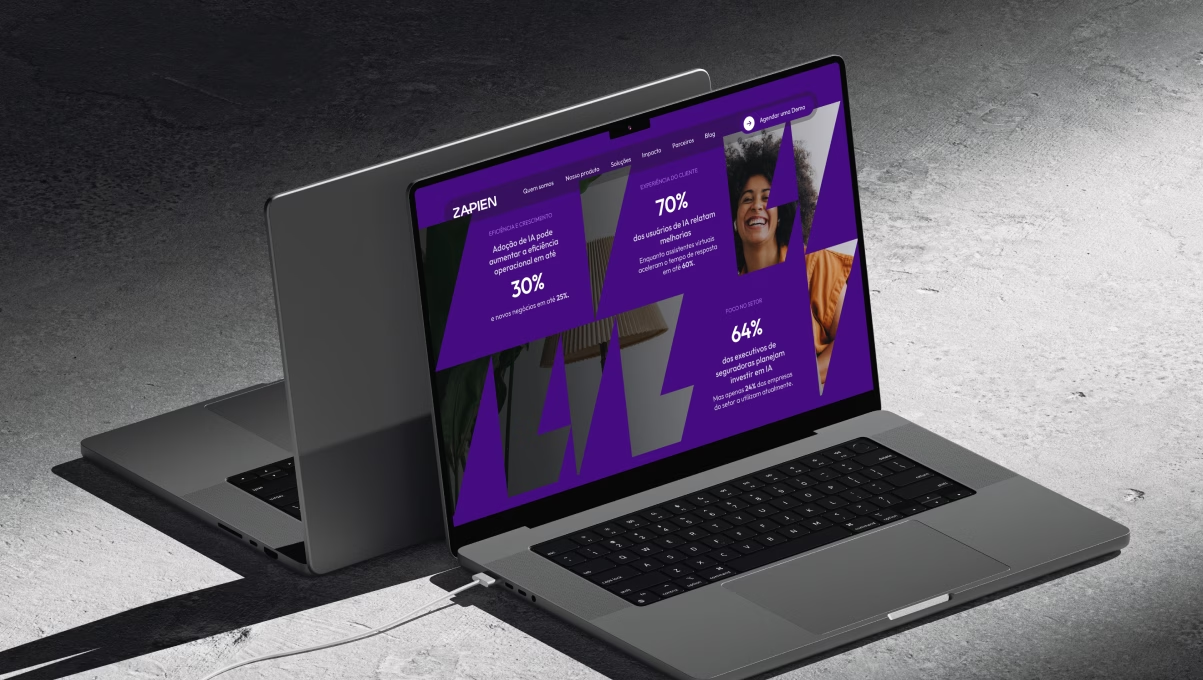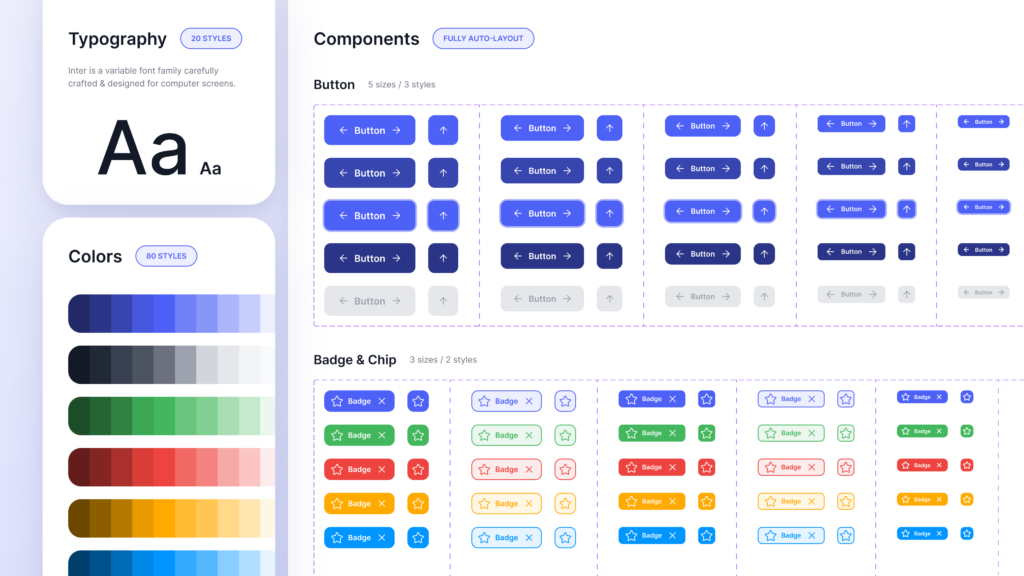
UXUI
UXUI


Creating a strong brand, with excellent products and memorable user experiences is a constant challenge for any company. In this competitive scenario, design system emerges as a powerful tool to combine visual consistency, agility in creation and scalability across multiple platforms.
If your company works with digital products and wants to increase productivity, reduce rework and ensure a solid visual identity, this article will show you why the design system is essential — and how to apply it efficiently.
The design system is a set of reusable patterns — such as colors, typography, buttons, grids, components and codes — that guides the development of digital products with visual and functional consistency.
Unlike a static visual identity manual, the design system is dynamic, collaborative and scalable.
It centralizes guidelines and components in one place, ensuring that designers, developers and other teams create solutions aligned with the brand, with greater agility and less rework.
Even though it promotes standardization, the design system does not limit creativity: it offers a solid foundation on which innovations can be built.
Before any visual component, a design system needs to reflect the brand purpose, its values and communication principles.
This guides all visual and technical decisions in a way that is consistent with the company’s positioning.
This is where color, font, spacing, icon and visual style settings come in.
One complete style guide ensures that different designers and teams maintain a unified visual language across all brand touchpoints.
Libraries of buttons, cards, forms, modals, menus and other elements ready to be used and replicated.
This reduces production time, avoids duplication, and ensures consistency across screens and platforms.
A good design system also includes development aspects.
Components must be documented with their respective behaviors and, when possible, accompanied by code (HTML/CSS, React, etc.).
This strengthens the bridge between design and technology.

Companies that want to scale their digital products with quality and solidity need a structured base.
The design system is that foundation. It aligns teams, reduces inconsistencies, and ensures that the user experience is always positive and consistent — regardless of the platform.
Do you want to create a custom design system for your brand? Talk to follow55. We combine design, technology and strategy to transform your digital operation.

UXUI

UXUI
